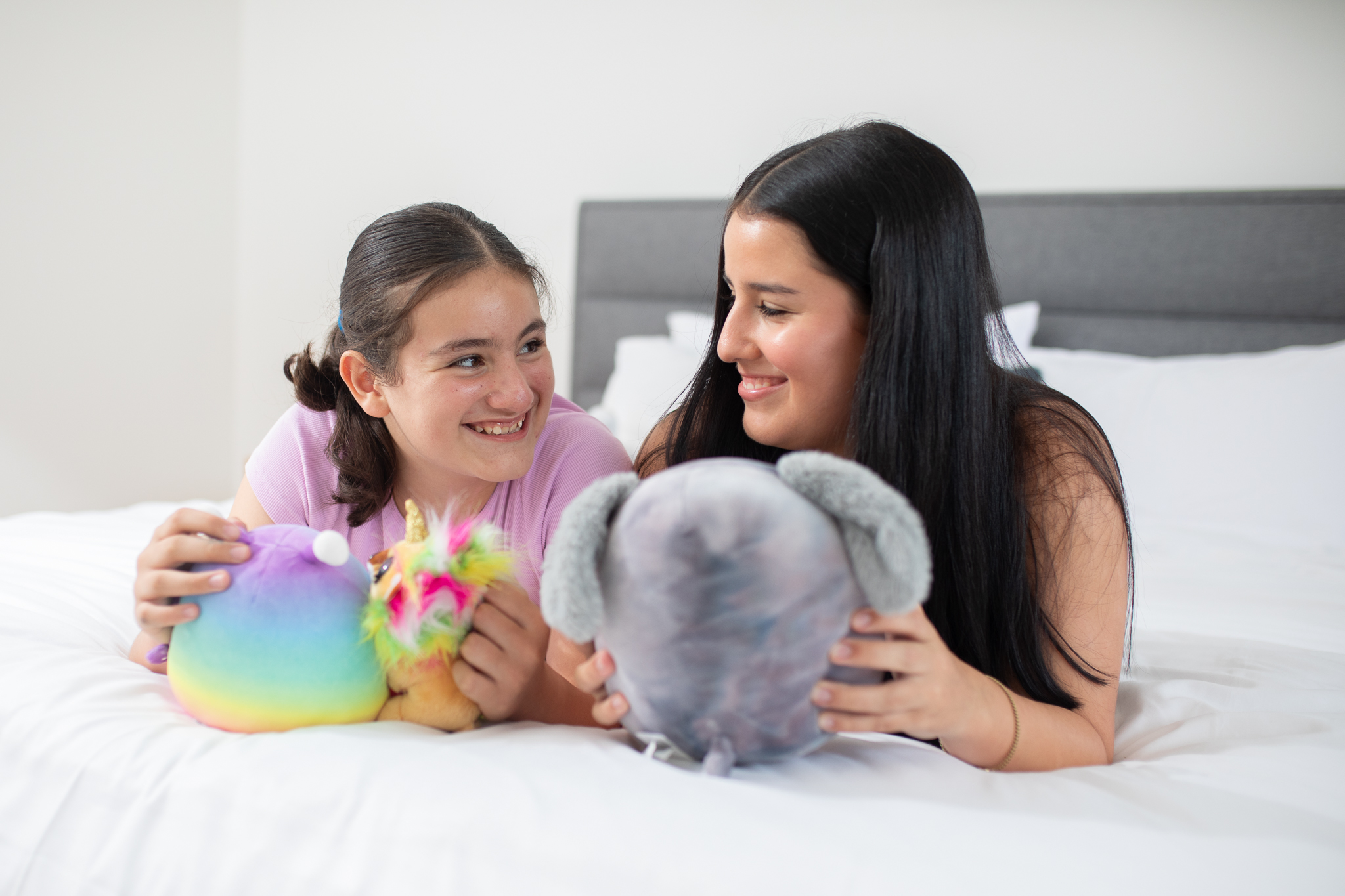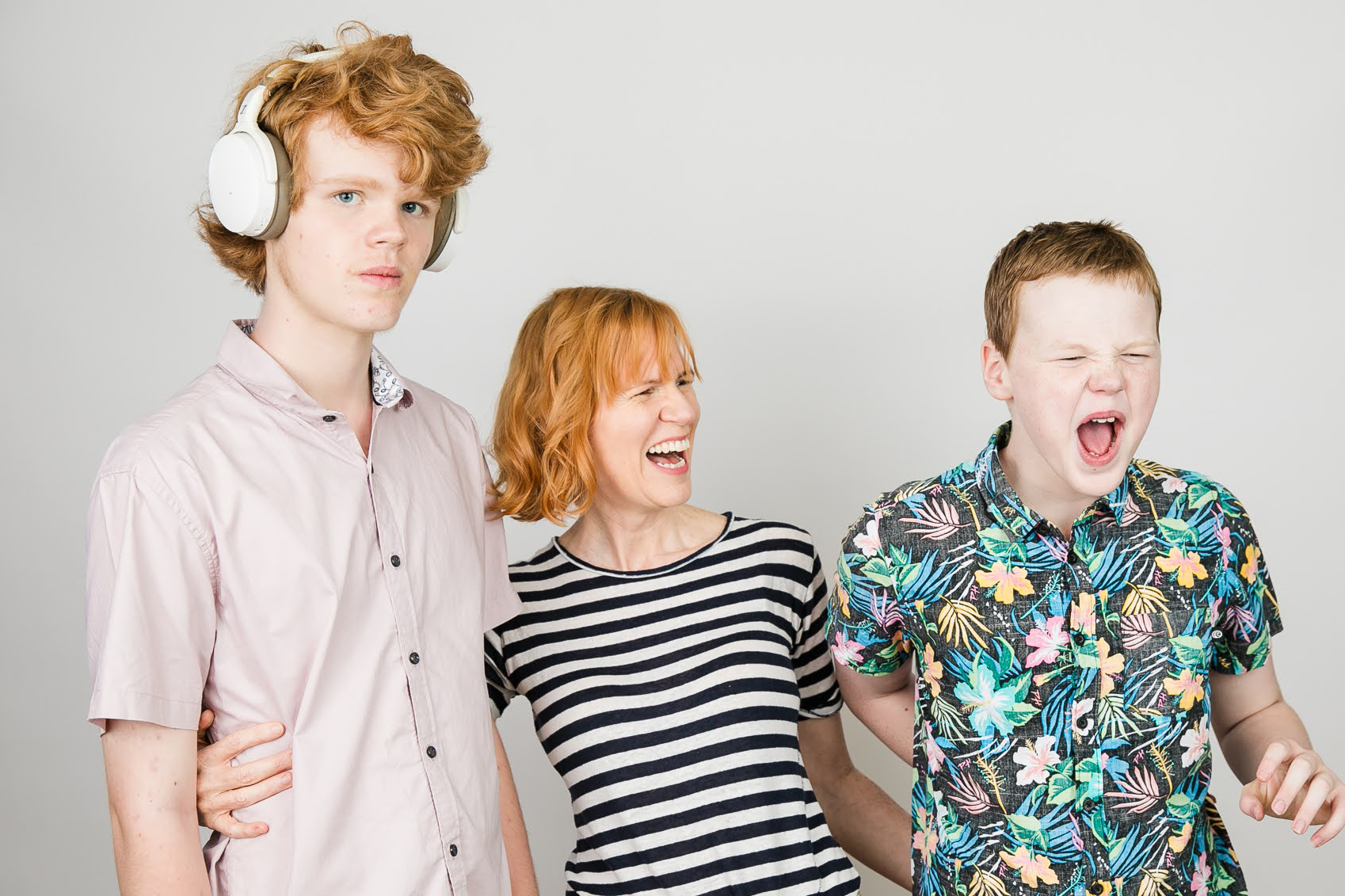Talking... it doesn't just 'happen'

Understanding the developmental sequence that leads to talking is important.
Autism impacts many aspects of a child’s life. It nearly always challenges their communication skills. As a consequence, most parents list communication as one of the primary goals for their child.
The communication goals may vary between children. Some parents want their child to just start to say some words. Other parents want their child to start putting more words together when they talk, while some parents want their child to talk and interact with their friends. The common goal is talking.
For the purposes of this article, we are addressing just one aspect of communication. We are looking at a child’s ability to talk.
Before we can understand why talking is much harder for children with autism, we need to look at how children learn to talk.
How children learn to talk
The development of talking starts very early in a baby’s life. Children develop many communication skills before they learn to talk. Babies lay the foundation for these communication within the first few months of life. These early communication skills lead to talking.
In those first few months, babies learn to communicate by
- Looking at people: They look at people’s faces and watch the facial expressions. They look at what people are doing around them. Babies and toddlers look at how people are using objects and toys.
- Imitating what others do: They start smiling back when their parents smile at them. They start doing the actions that they see others do. This includes things such as clapping and making sounds the way that the grandparents do. The baby or toddler starts to use objects in the same way that other people do. For example, they start to shake the baby rattle in the same way that their older sibling shakes it.
- Looking for a reaction or a consequence: As children watch other people and imitate what they do, they get a reaction or a consequence. If a child smiles, they realise that the parents smile back again. When they imitate the grandparents clapping their hands, they notice that the grandparents smile and make other interesting actions. When they shake a rattle, they see that the rattle makes a noise. All of these reactions and consequences entice the child to keep on watching what other people do and imitating them.
When children are doing all of these things, they usually develop more communication skills. As they develop more communication skills, they have a much better chance of talking.
There is a general order or sequence to how communication skills develop. The first communication skills lay a foundation for more development. Every communication skill that the child learns after that, continues to build that foundation. If a child has developed the essential early communication skills, they will find it easier to develop more complex communication skills such as talking. If a child’s foundation is weak or misses essential skills, then it is much harder for them to build the earlier skills that lead to talking.
Talking is a complex skill and it does not develop in isolation
It is dependent on many areas of development. Let’s have a look at all the things that young children need to do to be able to talk.
- Receptive language: They start to respond to sounds, noises and voices around them. Then look at and begin to understand gestures such as smiling and pointing. They follow simple instructions and answer easy questions.
- Expressive language: They start to use gesture, such as reaching and pointing to communicate. The begin to deliberately make sounds as they try to communicate. They start to say things that sound like words and then they start to make words.
- Imitation: They imitate our smiles. They imitate simple actions such as clapping. They imitate what we do with objects and toys. When we do the actions to ‘twinkle, twinkle little star’ they do the actions too. They imitate the sounds and words that we say.
- Joint attention: An essential part of learning and talking requires children to look at us frequently from an early age. They look at our faces and they look at what we are doing. They look at us as we give things to them. They show us things and look at the things we want to show them. When children are actively engaged with us, joint attention happens every 5-10 seconds.
- Social skills: One of the earliest social skills happen when a baby shakes their legs and arms to let us know they want us to continue to play with them. They reach out and smile when they are enjoying what we are doing with them. They begin to enjoy games such as ‘peek-a-boo’ and start to wave at us.
- Play: There are many types of play. For very young children, the early development of play with toys is very closely linked to language and communication. The toddler will start to shake the rattle, pick up the hammer and bang the balls, and they will put the shapes in the shape sorter. They learn to do different things with play dough. They start to play with train sets and duplo sets.
- Cognition: The ability to gain knowledge from the world around you and to understand it so you can learn. The young child learns to look for things that disappear or roll out of sight. They learn to match pictures when they are doing a puzzle. They learn to sort colours into groups.
- Fine motor: As young children learn to use their hands, they learn to put the rings on the ring stacker. They learn to move the jigsaw pieces around until they fit in. They persevere until they can put the pieces of duplo together to make something.
- Gross motor: The child learns to roll a ball back to their parents. They learn to climb up and down the steps on the slippery dip, and they learn to walk around things on the floor around them.
When a child is developing across all areas, developing skills in the right order and learning them at roughly the right age then talking starts at about 12-16 months of age.
Talking is harder for children with autism. Some children with autism may start talking at 12-16 months. Most don’t start talking until later. Some will start talking between the ages of 2-3 years. Other children talk even later, and some children never learn to talk.
Why can’t they talk at the same time as other children?
This is because the young child with autism isn’t learning the same way as other children. They have missed some very early that lead to talking. They aren’t looking at people and watching what people are doing. They aren’t imitating them. Even for the children who are more aware of the people and environment around them, they usually aren’t watching and imitating frequently enough. These things have to start happening in the first 6-12 months of life for children to start talking.
The earlier a child is diagnosed with autism; the sooner early intervention can start.
The earlier the intervention starts, the better the outcome for a young child. Children who start intervention early are more likely to talk. When choosing an intervention for your young child with autism, it should follow general developmental principles and address the early skills that your child may be missing. If your child hasn’t learned to reach or point for things they want, then it is harder for them to learn to talk. If you notice that your child isn’t responding to your voice, watching how others play with toys, or imitating actions in songs then they are less likely to talk. The intervention plan that you should address all developmental areas because communication does not develop in isolation. It requires a number of skills to be developing at the same time. When the early skills start to develop then a child has a much greater chance of talking.
Speech Pathologist
Certified Early Start Denver Model Therapist






